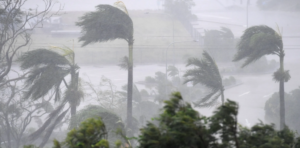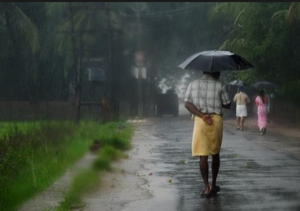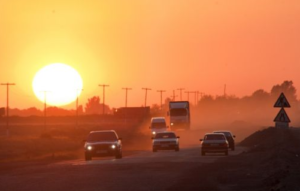OdishaPlus Bureau

Was Cyclonic storm Fani – which battered Puri and Bhubaneswar so ferociously – the result of global warming? Environmentalists and environmental scientists think so. According to Quamrul Haider, Professor of Physics at Fordham University, New York, ‘climate models predict that global warming could spawn more bizarre and violent weather, notably cyclones and severe floods in the future. The models also predict that by the end of this century, global warming effects could increase a cyclone’s intensity by about 20 percent, making them more destructive than ever. The amount of rainfall would also increase substantially. Other estimates predict that a doubling of carbon dioxide concentration would result in a 40-50 percent increase in destructive cyclones.’

K.J. Ramesh, Director-General, IMD believes that such oddities – cyclones in April/May – are a consequence of global warming. “This is a cyclone that’s forming due to the warming of the Bay of Bengal basin…with global warming we have to be prepared for such occurrences and take precaution accordingly,” points out Ramesh.
Many Firsts
Cyclone Fani which has left a trail of devastation had many firsts. It was the first cyclonic storm to have formed in April in India’s oceanic neighborhood in half- a century. According to records from the India Meteorological Department, from 1965-2017, the Bay of Bengal and Arabian Sea have registered 46 ‘severe cyclonic storms.’ Twenty eight of them were from October-December. Seven of them have been in May and only two — in 1966 and 1976 — were recorded in April. Yet, Odisha never experienced a cyclone in May.

Severe cyclones (maximum wind speeds of 89-117 kmph) can form any time.But they tend to be concentrated in November — after the monsoon — or around May, when the monsoon prepares to arrive in Kerala in June.
The warmer the water, the faster the rate of evaporation, which in turn results in more severe storms.
Meteorologists have pointed out that Fani’s protracted gestation was the result of such massive destruction. The storm had been building up since April 25 and made a landfall on May 3. “Nearly 10 days is an extremely long period,” says Mr. Ramesh. On an average tropical cyclones form and make landfall in less than a week.

Satheesh Shenoi, Director, INCOIS (Indian National Centre for Ocean Information Services), a research unit responsible for tracking the oceans, says ‘Fani’s slow progress – eleven to eighteen kmph — was a matter of worry because the longer cyclones hovered in the ocean, the more moisture and energy it would gain from the ocean and the stronger will be its impact along the coast.’
Global Warming

According to Chirag Dhara, climate scientist, ‘cyclones vacuum up the evaporating water, which delivers huge amounts of heat energy and moisture that keeps the storm raging. The collected moisture is transported over vast distances and dumped in intense spurts of rainfall over land. The warmer the water, the faster the rate of evaporation, which in turn results in more severe storms. While the relationship is more complex in the real world, this essentially explains the role of global warming in intensifying storms.’

This means that we have to live up with more cyclones in the coming days.



























